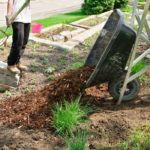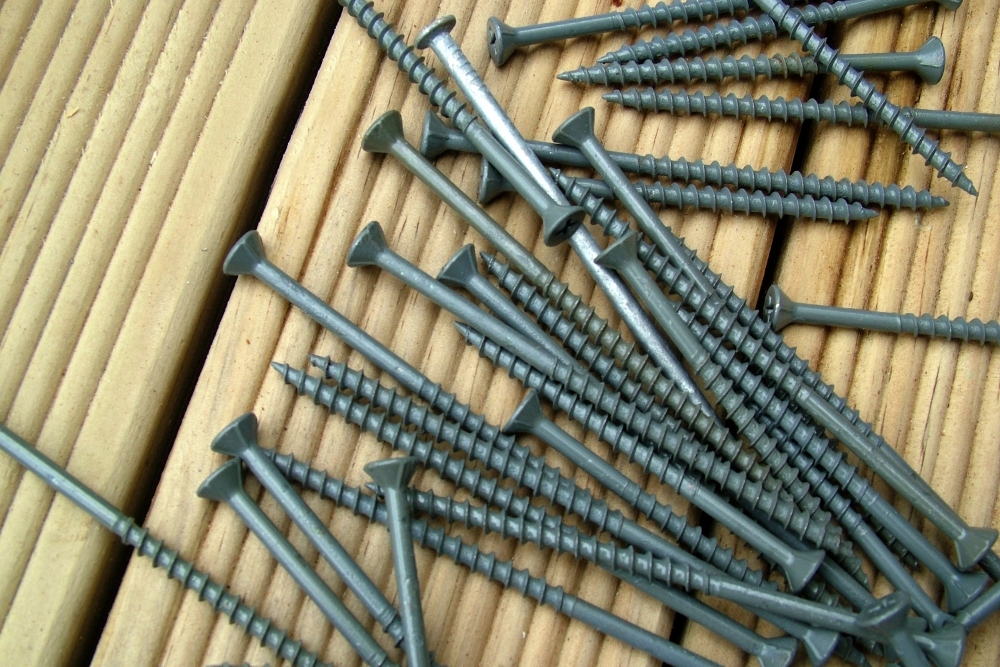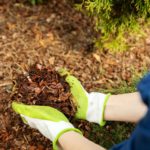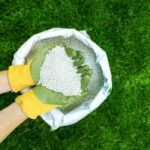If you’re looking to improve the look of your yard, then you should definitely consider mulch. It’s a versatile soil that is often a good source of nitrogen, and it helps with weed control and water retention. The best part is that it subtly does all this while complementing the rest of your yard, resulting in a beautiful environment with healthy and vibrant plants. However, need to get the quantity of mulch right — and some calculations will be necessary.
One “yard” of mulch is equivalent to 27 cubic feet, and most bags are packed with two cubic feet of mulch. To calculate how much mulch your yard needs, multiple the square footage of your yard by the depth (in feet) of mulch desired and then divide by 324.
Let’s take a closer look at why this formula does the trick, and which types of mulch you may want to consider for your yard.
How Do You Figure Out How Many Yards of Mulch You Need?
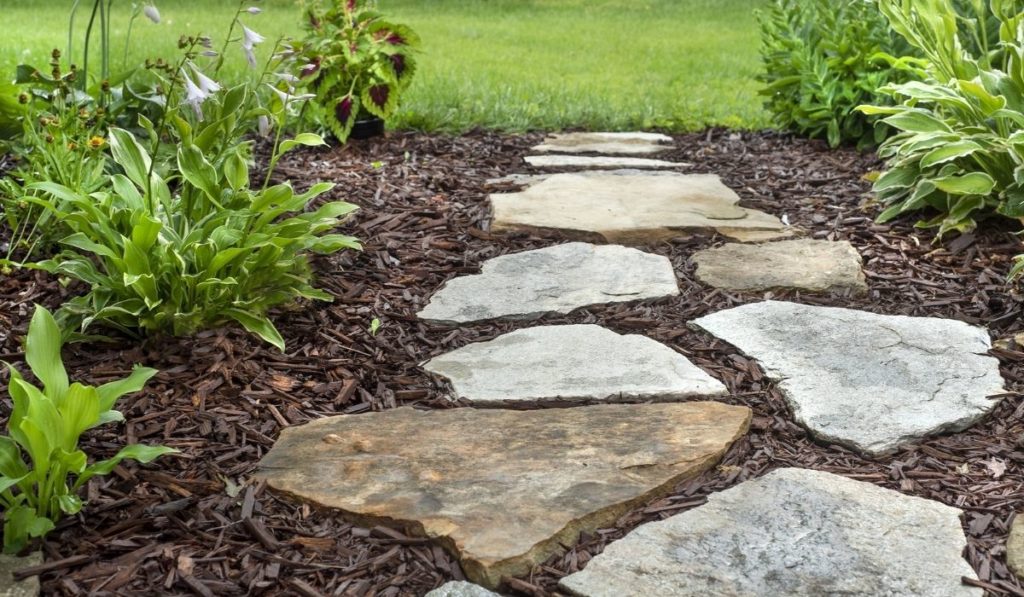
If you’re having a hard time determining how many yards of mulch you need for your garden, you’re not alone. The good news is that you can quickly and accurately figure out how much you need, as long as you have the right information and tools like this mulch calculator.
Before deciding how much mulch you need, it’s crucial to know that the mulch type greatly influences the quantity needed. After this, you will need to calculate the bed size. If your bed is rectangular or square, multiply the length by the width and depth. If circular, multiply the radius by itself (distance from the middle to the edge) and then by 3.14.
Since mulch is sold by the cubic yard, and one cubic yard covers an inch-deep area of 324 square feet, multiply the area of your bed by the desired depth and divide by 324.
Mathematically, this equation is represented as: (Square footage x desired depth) / 324
It’s also important to note that the recommended depth is 2 to 4 inches. If you mulch deeper than this, it will negatively affect the roots because they won’t have enough room to breathe. Additionally, a very deep mulch prevents water from filtering and seeping through the soil as needed.
Please note that the amount of mulch in each pack varies by brand and type, so you can purchase mulch bags in various sizes. The most commonly sold are two or three-cubic foot bags, usually labeled on their packaging. A two cubic foot bag covers about six square feet at three inches; three cubic foot bags cover nine square feet at that same depth.
If you go by the bag, you might pay more per cubic foot, although it’s ideal as it helps you apply the mulch whenever you desire. On the other hand, you will pay less per foot if you purchase by the yard.
The average yard requires about thirteen and a half bags, although this may be slightly higher depending on the mulch type and your desired depth levels.
How Many Cubic Feet Are There in a Cubic Yard of Mulch?
There are 27 cubic feet in a cubic yard of mulch.
The number of cubic feet in a yard of mulch is determined by multiplying the width, length, and depth of the area covered by mulch. A cubic foot equals approximately 728 cubic inches, so one yard equals 27 cubic feet.
If you need to get an exact figure for your specific project, you should use the mulch calculator.
Which Type of Mulch Is Best?
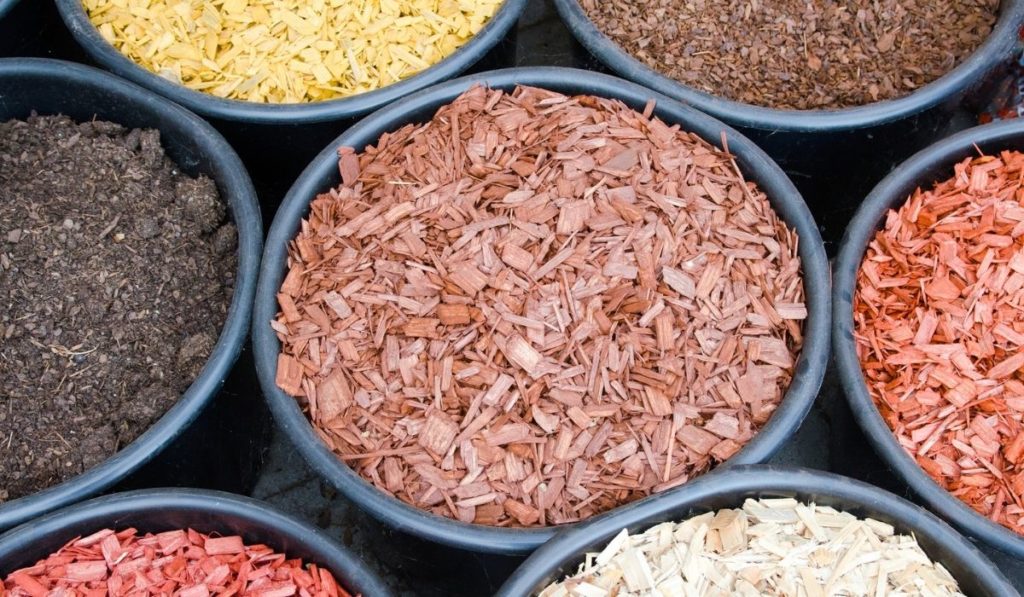
There are many different types of mulch, and choosing the right one can be confusing. Nevertheless, your landscape, budget, and plants should highly influence your purchasing decision.
Generally, fine types of mulch need to be changed more frequently than coarser ones, which means you will spend more if you choose a more refined mulch.
So, which mulch is the best? Here are a couple of options to choose from.
Stones or River Rocks
Although stones are more expensive than other mulch types, they last longer. That said, they don’t break down for an extended period and thus won’t improve your soil, like some other mulches. Additionally, they get hot during the day and may not be ideal for all garden types.
Despite these cons, stones (on Amazon) offer value for money in the long run and are perfect for cactus gardens.
Pine/Cedar Bark Chips
Cedar bark chips (on Amazon) are bigger than ordinary wood chippings. They’re ideal because they can last longer, especially in places with no heavy rains.
Their major disadvantage is that they’re easily washed away by rains and aren’t ideal for sloping gardens.
Compost
Compost should be your number one consideration if you need a mulch type that will rapidly improve your soil structure. It has soil color, quickly breaks down, and you can create yours for free.
Shredded bark
Shredded bark (on Amazon) is the most common mulch type because it’s the least expensive and available from various sources. It’s also perfect in sloping areas and breaks down relatively slowly.
Bark mulch can also suppress certain weeds’ growth and help prevent erosion in your garden beds.
Straw
Straw offers your garden an eye-pleasing color. It’s also longer-lasting than grass and thus more cost-effective. This type of mulch is also perfect as it keeps your plants clean by keeping mud away.
It’s also ideal for weed control and moisture retention.

